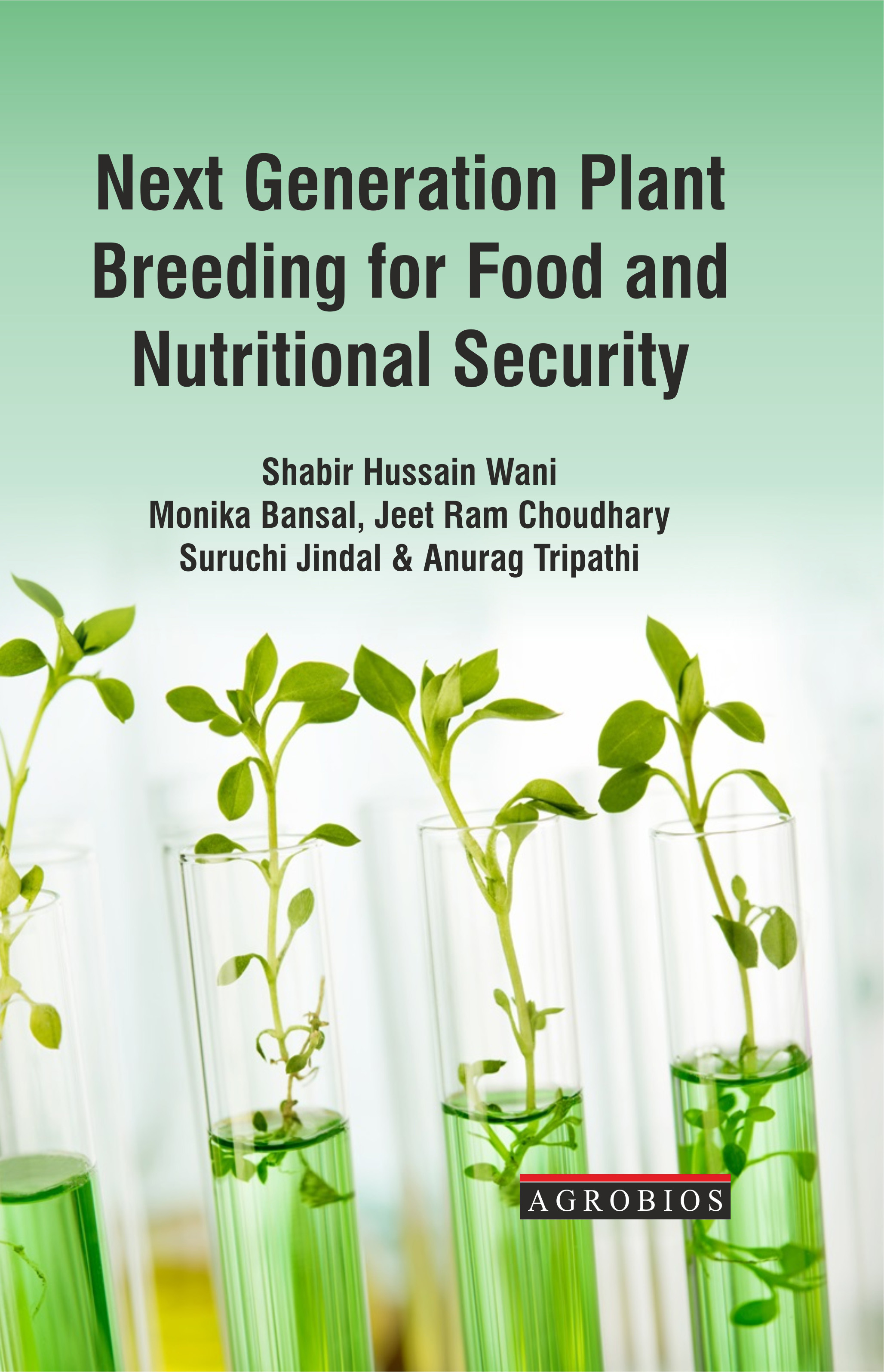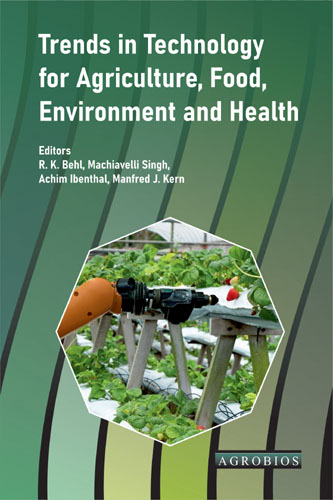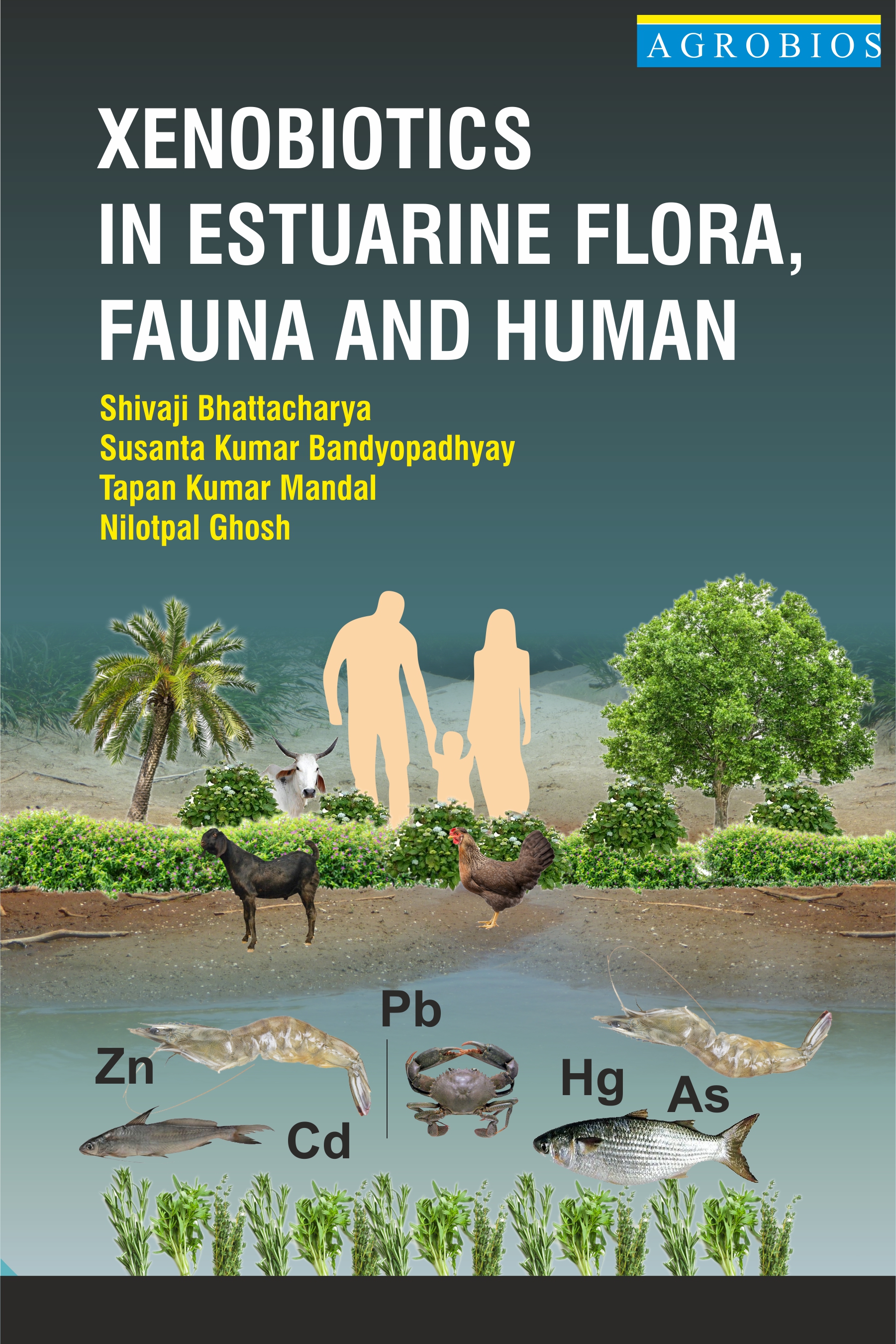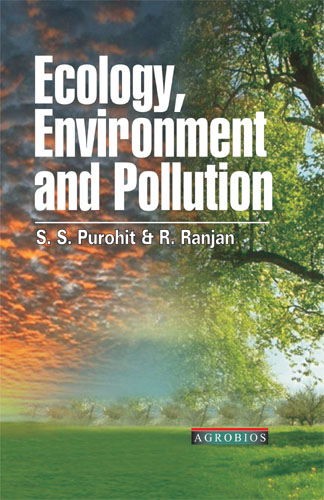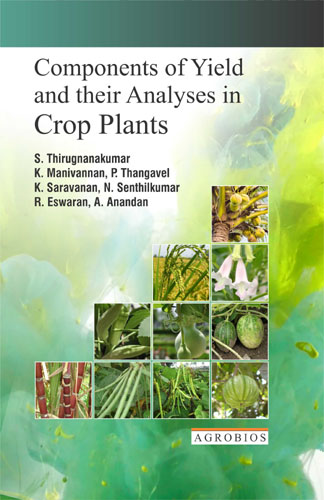Transgenic Plants Promise Or Danger
Words and terms are frequently the root of problems associated with genetic engineering. Transgenic sounds very much like eugenic and could, therefore, be condemned by association, and engineered sounds more sinister than domesticated (Jones, 1994), though they are virtual synonyms.
Transgenic plants or Genetically Modified Plants refer to plants in which functional foreign genes have been inserted. They help understanding the mechanisms of gene expression. This could be possible only by using tissue culture and recombinant DNA techniques (efficient gene cloning methods, improved vector systems, organ specific promoters, marker genes, cloned DNA, etc.). They are useful for in following manners: (1) Agronomic traits can be improved by producing plants with increased resistance to pest, disease, stress along with increased vigor, yield. (2) Enhanced efficiency of physiological process like photosynthesis and improved nutritional qualities. (3) Transgenic plants are also used as an analytical tool to explore aspects of gene regulation. (4) Major advantage of molecular breeding is that when a particular gene has been isolated and reconstructed it can be first in model plants and later it can be used in a variety of cultivars of different crops.
Transgenic plants may be used as a means of bioremediation i.e. decontamination of polluted land, in industries (as biomass producing crops, lognin/paper, plastics, terpenoids, etc.), house hold- (clothes and ornamentals), food and drink (modification of protein, starch, oil and vitamins, allergens/toxins, beer, etc.), medical and veterinary applications (Vaccines/antigens/ antibiotics, enzymes, etc.).
The above advantages are the one face of the transgenic plants, however, their other face is little bit dangerous. The present book covers both the facts of transgenic plants with their evaluation.
Dr. Kakraliya BL

Dr. B.L. Kakraliya obtained his B.Sc. in
1984, M.Sc. (Botany) in 1986 and Ph.D. in 1990 from University of Rajasthan,
Jaipur. Dr. Kakraliya served as Professor & Head of the department of Plant
Physiology (2013-2019) and provided his services at this campus till date
30.11.2019. Afterwards he was assigned the responsibility of Director
Extension Education till date of 31.08.2020 of SKN Agriculture University,
Jobner. Presently he served services as Director Human Resource &
Development SKNAU Jobner.
Table of Contents..
- Biotechnology and Transgenic Plants
- Genetic Engineering and Transgenic Plants
- Gene Isolation and Identification
- Techniques of Producing Transgenic Plants
- Expression of Induced Genes
- Gene Silencing and Anti-sense Technology
- Transgenic Plants and Photosynthetic Carbon Metabolism
- Scopes and Achievements
- Recommendations and Priorities for Future Research
- Potential Ecological Impact of Transgenic Virus-Resistance in Plants
- Alarming Issues Related to Transgenic Plants
- Transgenic Plants: Promise and Danger
- Glossary
- Subject Index
Book Details
Book Title:
Transgenic Plants Promise Or Danger
Transgenic Plants Promise Or Danger
Book Type:
REFERENCE BOOK
REFERENCE BOOK
No Of Pages:
288
288
Color Pages :
0
0
Color Pages :
0
0
Book Size:
DEMY (5.5X8.5)
DEMY (5.5X8.5)
Weight:
400 Gms
400 Gms
Copyright Holder:
All Rights Reserved
All Rights Reserved
Imprint:
M/s AGROBIOS (INDIA)
M/s AGROBIOS (INDIA)
Readership:
PG STUDENTS | SCIENTISTS AND RESEARCHERS |
PG STUDENTS | SCIENTISTS AND RESEARCHERS |




